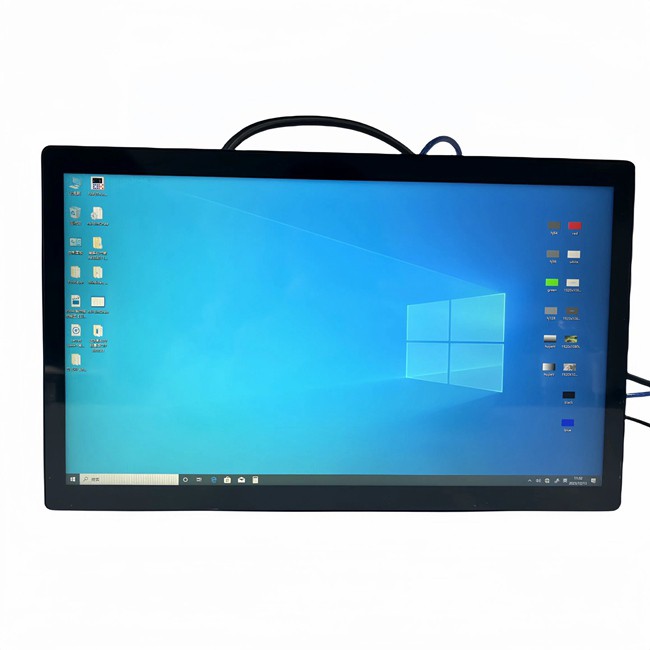Welcome!




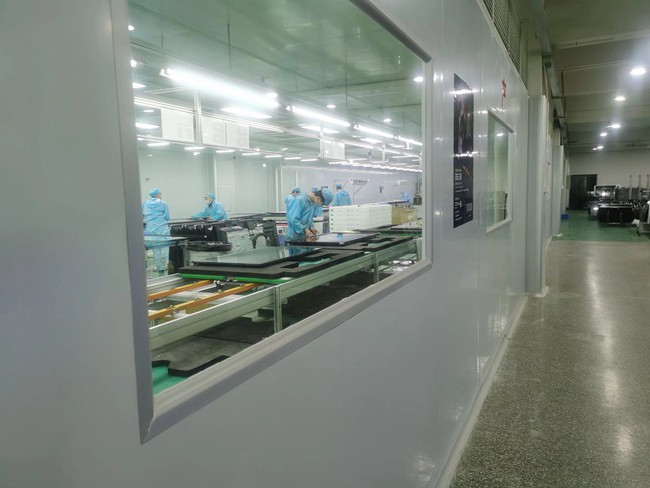
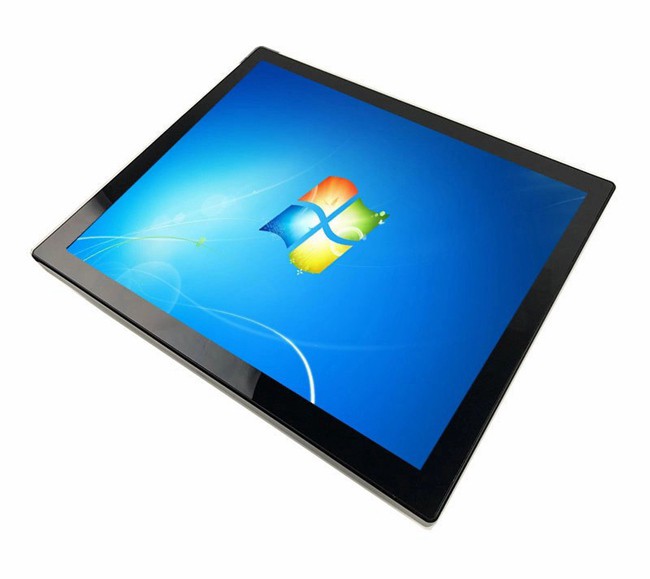

Factory Wholesale HD Gambling 3m Pcap Touch Screen Monitor
Product Description
Application of touch screen
Mobile devices: Smartphones and tablets are the most common devices with touch screens, which are portable and convenient.
Point of Sale (POS) system: The retail and hotel industries use touch screens for fast and efficient transactions.
Information kiosks: Interactive information kiosks in public places such as airports and shopping malls use touch screens to provide information and services.
Educational tools: Touch screens are increasingly being used in classrooms to enhance learning through interactive content.
Home automation: Smart home devices with touch screens allow users to control various aspects of the home environment.
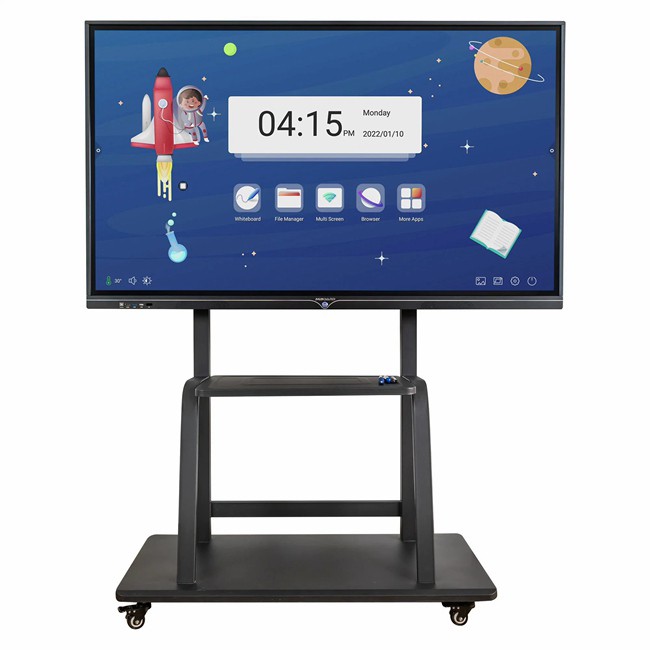
The advantages of touch screens
Intuitive interaction: The touch screen provides a direct and natural way to interact with digital content, making it easier for users of all ages to navigate and control.
Multifunctionality: They can be used on various devices and applications, from small smartphones to large interactive displays.
Space saving: As touch screens eliminate the need for separate input devices such as mice or touchpads, they can help design more stylish and compact devices.
Accessibility: Disabled users can use touch screens more conveniently, providing alternative ways to interact with technology.
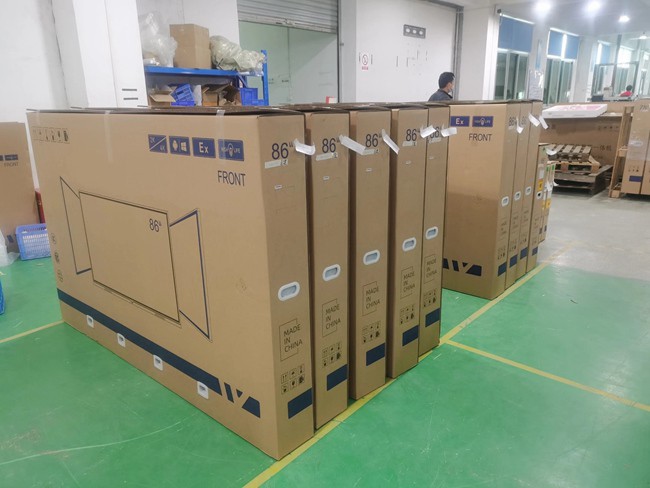
In the future, touch screens will continue to undergo technological innovation to better meet user needs, while integrating with other cutting-edge technologies such as artificial intelligence and virtual reality to provide a more comprehensive user experience. The development of flexible screen technology will enable touch screens to better adapt to devices of different shapes and expand their application scenarios. In the future, touch screens will pay more attention to building a complete ecosystem, achieving better interconnection with other devices and services, and providing a more comprehensive user experience.
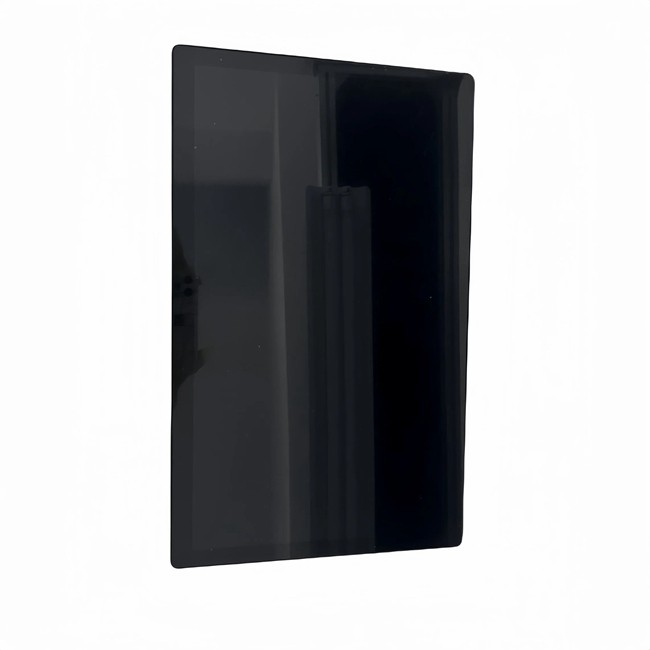
Infrared touch screen is formed by installing the outer frame of the circuit board in front of the display, forming an infrared matrix. When the user touches, their fingers will block the horizontal and vertical infrared rays passing through the position, thereby determining the position of the touch point. Infrared touch screens are inexpensive but susceptible to changes in external light. Surface acoustic wave touch screen uses the reflection and attenuation of sound waves on the glass surface to locate touch points. Surface acoustic wave touch screens have high clarity and are not easily damaged, but the surface needs to be cleaned regularly as dust, oil, and other contaminants can affect touch accuracy.


Recommended Products
Recently Viewed
 China Supplier Touch Screen for Restaurant Point of Sale Systems
China Supplier Touch Screen for Restaurant Point of Sale Systems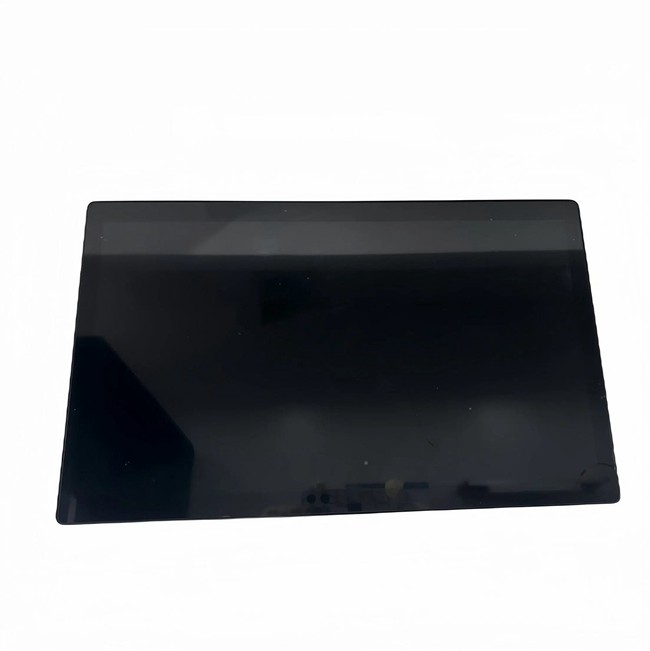 China Supplier HD Gambling 3m Pcap Touch Screen Monitor
China Supplier HD Gambling 3m Pcap Touch Screen Monitor 15/17/19 Inch Touch POS System Dual Screen with Windows System
15/17/19 Inch Touch POS System Dual Screen with Windows System China Manufacturer IPS Android All in One Touch Screen Panel PC
China Manufacturer IPS Android All in One Touch Screen Panel PC China Supplier Android LCD Touch Screen Advertising Touch Screen
China Supplier Android LCD Touch Screen Advertising Touch Screen
Contact Us
Shenzhen Seny Technology Co., Ltd.

